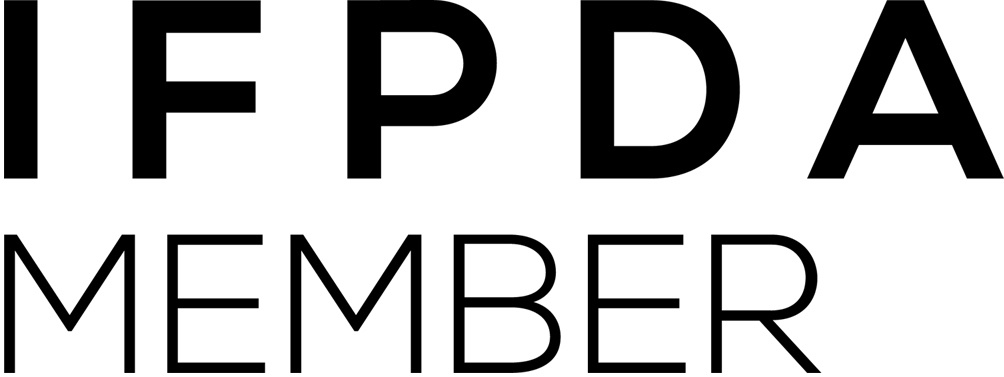Bryan Organ
Born in Leicester in 1935, Bryan Organ is a leading painter of people, whose sitters include singers, scientists and sportsmen, although he is best known for his groundbreaking portraits of royalty. Having graduated from the Royal Academy in 1959, Organ taught at Loughborough College of Art from 1959 to 1966. Since then, he has worked as a full-time artist. At a 1969 solo exhibition at the Redfern Gallery, his work attracted the interest of Princess Margaret, who promptly chose him to paint her portrait. When exhibited at the National Portrait Gallery, the piece caused a sensation. Remarkably, Organ had ‘beheaded’ his sitter, and reduced the Princess to a spectral presence. Her head is suspended in a large black space, while her face is ashen, painted in vertical, blurred brushstrokes that recall Francis Bacon’s screaming popes. The tiara on her head assumes a rather skeletal form, a poignant symbol stripped of its usual pomp and circumstance. The vertical bars behind the sitter’s head imply a cage, which may be significant; certainly, Princess Margaret found herself confined and alienated throughout her life, via the government, media and the public. It is telling that Princess Margaret later praised the portrait for, in the words of her former aide, “truly capturing her spirit and her way of life”. Organ has refused to comment on the picture’s meaning, but whatever his intentions, it surely remains as potent now as it did over forty years ago.
This extraordinary picture revolutionised traditional ideas about royal portraiture, and Organ has continued this theme to the present day, albeit in a less shocking manner. In his portraits of Princess Diana and of HM King Charles, for example, Organ clearly wants to stress their normality, and not their nobility. In his meticulous depiction of the latter, Charles is seen wearing a simple sweater and sitting cross-legged after a game of polo. The composition, setting Charles against a dark green fence, is also important, as the strict verticals convey the sense of order and calm that he brings to his role as Prince of Wales. Similarly, in a celebrated portrait of the singer Elton John, Organ presents a thoughtful, relaxed young man, and not the flamboyant personality we see on camera. Organ, then, shows us a new way of looking at, and thinking about, famous faces. It is testament to his vision that he was the first artist outside of France to receive a commission to paint a French president (François Mitterrand, in 1984). An imaginative and versatile painter, Organ has varied the style of each portrait according to the sitter. For example, an early work of Malcolm Muggeridge consists of a contorted head above swathes of twisted, fleshy knots of colour (again with a hint of Bacon), as Organ captures the frenetic energy of the satirist and media personality. A similar technique is repeated in a portrait of Sir Michael Tippett, the flailing hands reflecting his occupation as a prominent conductor.
Many of his portraits can be found in the National Portrait Gallery, including: Dr Roy Strong, 1971; Lester Piggott, 1973; Harold Macmillan, 1980; HRH The Prince of Wales, 1981; Lady Diana Spencer, 1981; Lord Denning, 1982; Jim Callaghan, 1983; HRH The Duke of Edinburgh, 1983. Other portraits include Sir Michael Tippett, 1966; Mary Quant, 1969; HRH The Princess Margaret, 1970; Elton John, 1973; President Mitterand, 1985; Richard Attenborough (later Lord Attenborough), 1985, 2003; and most recently, Sir David Attenborough, 2016.
Bryan Organ is represented by the Redfern Gallery.

